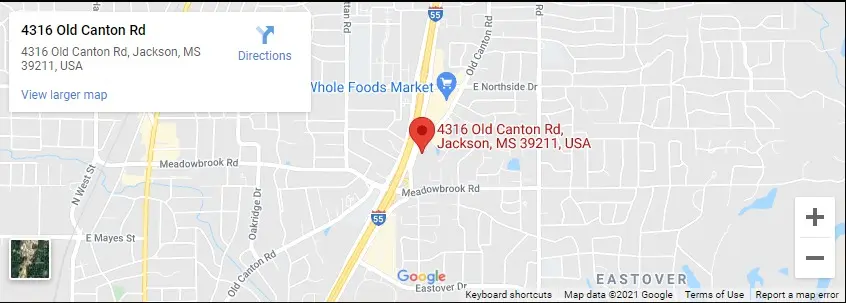A concern of individuals forced to file bankruptcy due to debt is that they will never be able to rebuild their credit. Rebuilding credit is a difficult though not impossible task. It will likely mean you will have to pay more in interest to borrow money.
Surprisingly, however, individuals who do declare Chapter 7 bankruptcy could appear to be a better credit risk. This is because the individual that filed bankruptcy all at once saw a great part of the debt that was weighing their credit scores down disappear. Also, lenders will be aware that you cannot file Chapter 7 again for a number of years.
A Chapter 13 bankruptcy can reduce the amount of debt one has as compared to income, but this is not as dramatic of a change as would occur with a Chapter 7 filing. Chapter 13 does provide the opportunity, however, for one to rejuvenate their credit score through demonstrating an efficient management of their money. This requires making monthly payments in a timely manner. It may also require patience by not seeking additional loans until one’s credit scores have increased.
It’s a good idea to seek professional advice concerning one’s debt options. While Chapter 7 bankruptcy may be appropriate for one client, Chapter 13 may be best for another. Every circumstance is unique.
When filing for bankruptcy it’s also a worthwhile suggestion to ask the attorney about what will occur next. Filing for personal bankruptcy allows for one to have a fresh start. However, it may take some time before one’s credit is restored. There’s also the temptation to take on a new loan before one is prepared to take on the additional debt.
Source: Bankrate, “Bankruptcy timeline: Rebuilding credit,” Brigitte Yuille, June 20, 2006



Connect with Us